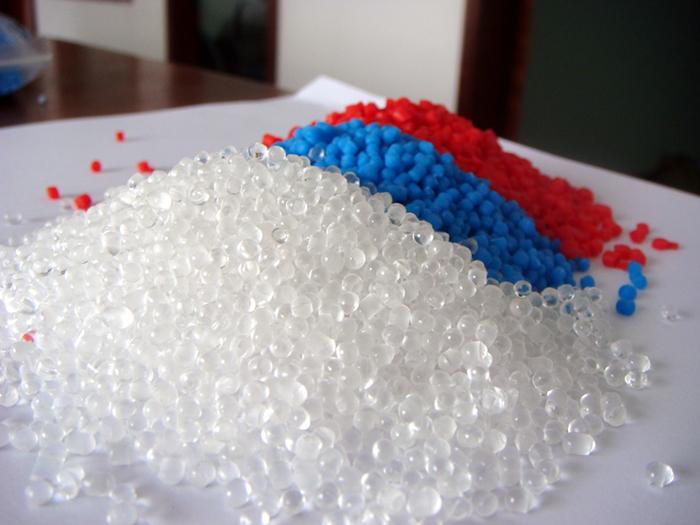In Plastic Injection Molding, there are lots of plastic material are available by us. Today let me introduce several thermoplastics.

ABS (acrylonitrile-butadiene-styrene copolymer)
1. Indeterminate material, medium fluidity, high hygroscopicity, must be fully dried. Plastic parts with glossy surface must be preheated and dried for a long time;
2. It is better to take high material temperature and high mold temperature, but the material temperature is too high and easy to decompose (decomposition temperature is >250 ℃). For high precision plastic parts, the mold temperature should be 50-60 ℃; for glossy, heat-resistant plastic Pieces, the mold temperature should be 60-80 ℃.
PA(Polyamide)
1. Crystalline material, high melting point, narrow melting temperature range, poor thermal stability, material temperature exceeds 300 ℃, residence time exceeds 30min to decompose. It is easy to absorb moisture, it needs to be preheated and dried, and the water content should not exceed 0.3%.
2. Good fluidity, easy to overflow. When using screw injection machine, the screw should be provided with a non-return ring, self-locking nozzle should be used and should be heated.
3. The molding shrinkage range and shrinkage rate are large, the direction is obvious, and shrinkage holes, dents and deformation are easy to occur.
4. The mold temperature is selected in the range of 20-90 ℃ according to the wall thickness of the plastic part, the injection pressure is selected according to the type of injection machine, material temperature, shape and size of the plastic part, mold pouring system, and the molding cycle is selected according to the wall thickness of the plastic part. Hours, the injection and cooling time should be long, the injection pressure should be high, and white oil is used as the mold release agent.
5. The form and size of the mold pouring system are similar to those for forming PS materials. Increasing the size of the runner and gate can reduce shrinkage holes and dents.
PC (Polycarbonate)
1. Indeterminate material, good thermal stability, wide forming temperature range, poor fluidity. Good hygroscopicity, but sensitive to water, must be dried. Small shrinkage rate of molding, easy to melt cracking and stress concentration, so the molding conditions should be strictly controlled , Plastic parts need to be annealed.
2. Plastic parts with high melting temperature and high viscosity, greater than 200g should use screw injection machine, open type extension nozzle, the nozzle should be heated.
3. The cooling speed is fast, the mold pouring system is based on the principle of thick and short, cold cavity should be set, the gate should be large, and the mold should be heated.
4. Material temperature is too low will cause material shortage, plastic parts are matt, material temperature is too high and easy to overflow, plastic parts blisters. When the mold temperature is low, shrinkage, elongation, high impact strength, bending, compression, Low tensile strength. When the mold temperature exceeds 120 ℃, the plastic parts cool slowly, and it is easy to deform and stick the mold.
The above are several commonly used thermoplastics and their properties. In plastic injection molding, there are many plastics with similar properties. Before starting production, we need to fully understand the properties required by the product to choose the appropriate plastic Materials. Only in this way can we make high-quality products. If you want to know more about this aspect, please consult our professional team enquiry@nice-rapidtooling.com.







